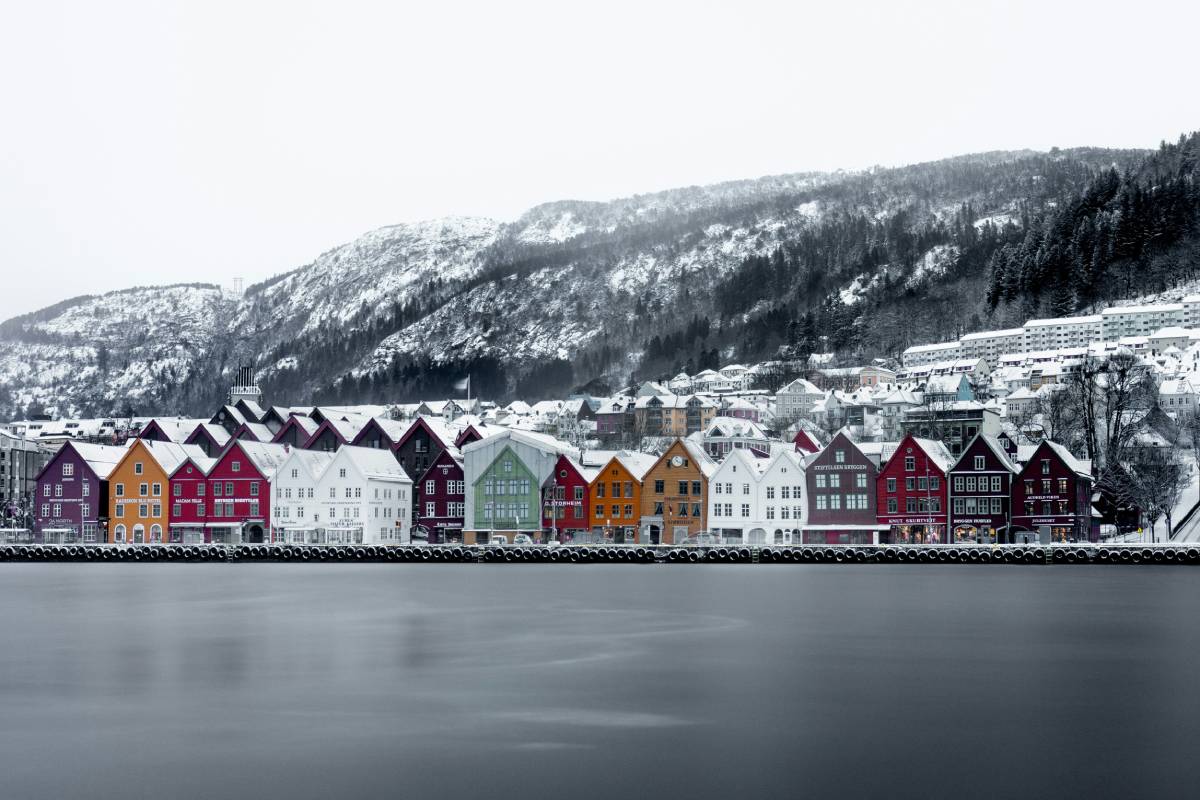The Norwegian Institute of Public Health (NIPH) recommended on Tuesday that Germany and Liechtenstein be added to the foreign ministry’s list of ‘red’ countries, with Covid-19 infection increasing in both countries.
People arriving from ‘red’ countries to Norway are required to self-quarantine for 10 days and the Norwegian foreign ministry advises against all non-essential travel to the countries.
NIPH regularly updates its list of EEA and Schengen area countries which meet the country's criteria for quarantine.
In order to be exempted from quarantine, the rate of new coronavirus infections must be less than 20 cases per 100,000 people in the last two weeks. Additionally, less than 5 percent of tests in the last two weeks may be positive. NIPH makes recommendations to the foreign ministry on this basis.
Germany has now passed this threshold after “increasing incidence in recent weeks which includes increases in several regions,” NIPH wrote in a statement on its website.
Liechtenstein’s infection rate is currently at 31.3 cases per 100,000 residents during the last 14 days, the health authority also said.
Swedish regions Kalmar and Västerbotten also face going ‘red’ when the foreign ministry next updates its guidleines later this week.
In Norway, 'home quarantine' including for people arriving from 'red' countries means that person is asked to stay home from school or work, not have visitors, not use public transport and only visit shops or pharmacies if strictly necessary or not at all if it is not possible to maintain social distance. You may have normal contact with people you live with who are not in quarantine. You are also allowed to go outside for a walk if you maintain a one-metre distance from others at all times.
If you later suspect you have symptoms of coronavirus, you must isolate yourself completely and get tested for the virus. More details can be found on the health authority website.
Countries designated ‘yellow' are not encompassed by the quarantine rule but the foreign ministry also advises against travel to these countries.
READ ALSO:
- UPDATED: MAP: Which countries are open for tourism to and from Norway?
- Norway foreign ministry confirms quarantine reinstated to UK, Ireland arrivals




 Please whitelist us to continue reading.
Please whitelist us to continue reading.
Member comments